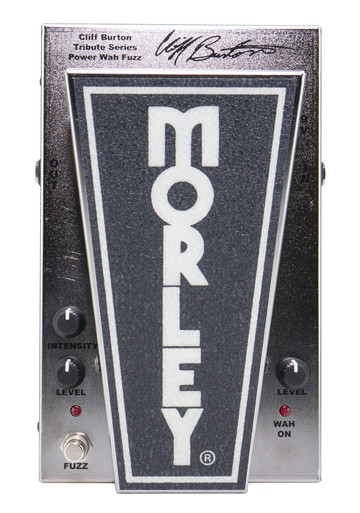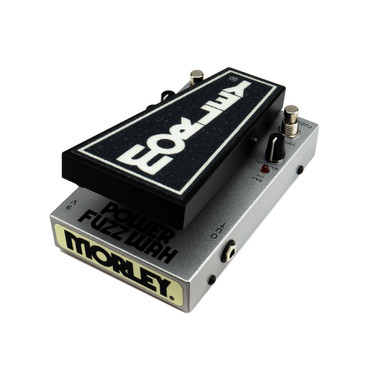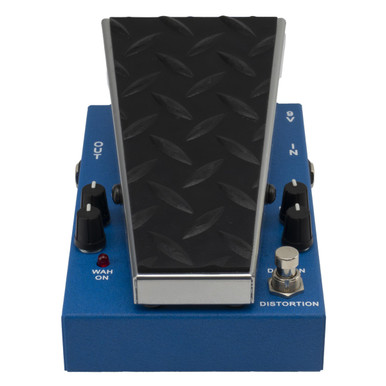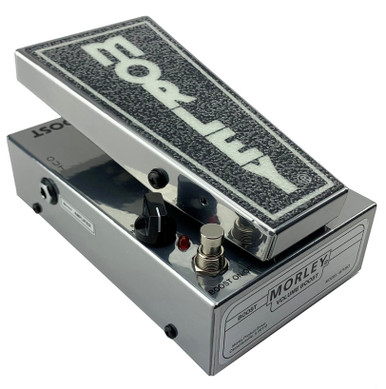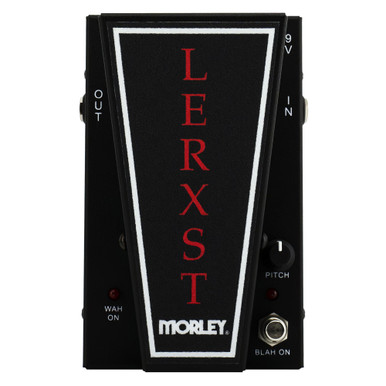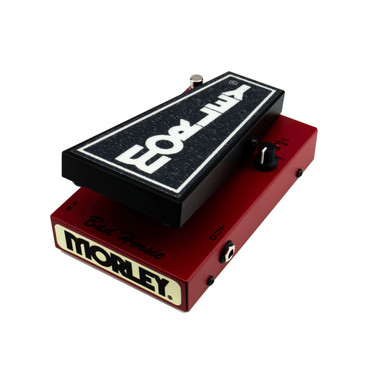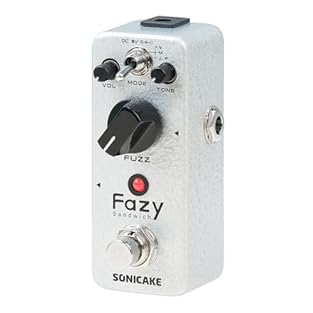Description
Morley Guitar Pedals are fresh in, this is a New one & the Just Pedals team think it is a very nice one too. Good news ! This can be delivered straight to your door, quickly and securely, anywhere in the UK & Europe. For more info on this New Guitar Pedals, please read on for full details, demos, videos, reviews and order online.
Clifford Lee Burton is regarded as one of the greatest Bass players of all time. He transformed the instrument and left an incredible legacy. One of the secret weapons to his tone arsenal was a Morley Power Wah Fuzz. Cliff’s use of a Wah Pedal for Bass solos was revolutionary. The Power Wah Fuzz had a Wah Sweep like no other Wah Wah Pedal at the time and it’s Optical Circuitry also gave it a unique flavor that contributed to Cliff’s thunderous sound. Morley has reissued this classic pedal as a tribute to the one and only Cliff Burton.
When compared to the original version the Power Wah Fuzz delivers it’s iconic tone, but with modern improvements. Most notably, it’s now equipped with Morley’s famous Switchless Activation. Just step on the treadle to activate and step off to Bypass. You also start at the more desirable lower end of the Sweep. It also sports a Distressed Chrome finish mimicking the battle worn pedal Cliff used. The Wah Circuit has a 15db Level control perfect for pushing your signal above the mix for earth shattering solos. It also sports Morley’s Glow-in-the-Dark treadle and toe sticker that not only look great but help you find your pedal on the darkest of stages and uses standard 9v power.
Key Features
- Tribute Reissue of the Pedal Cliff used for Bass Solos.
- Distressed Chrome Finish mimics Cliff’s Battle Worn Pedal.
- Fuzz emulates that old-school ripped speaker sound of the original.
- 15 dB Level Control on Wah Circuit.
- Classic Morley construction: 9.13″ x 5.88″ x 2.75″ ( L x W x H)
- Our world famous Electro-Optical design. No pots to wear out!
- Premium Buffer circuit ensures pure guitar tone and output.
- Glow-in-the-dark treadle rubber.
- Powered by one 9-volt battery or optional Morley 9V adapter. Compatible with most 9V adapters.
- Rugged cold-rolled steel housing, LED indication.
- Works with Guitar, Bass or Keys!
- Morley Part Number: PWF1
